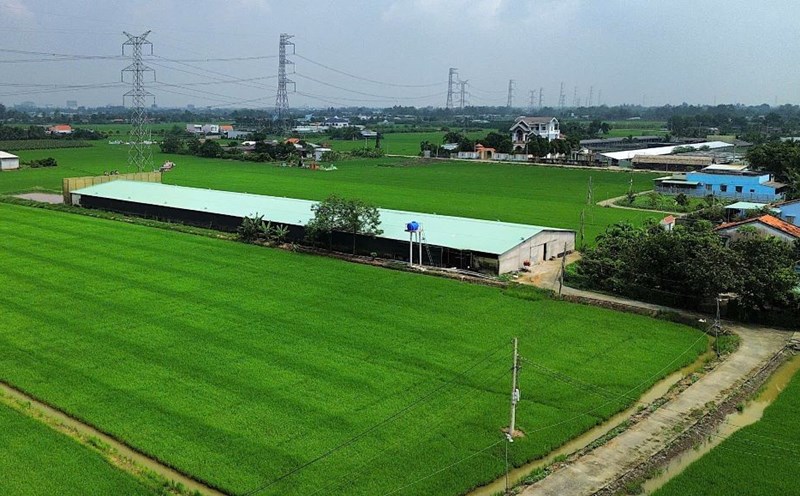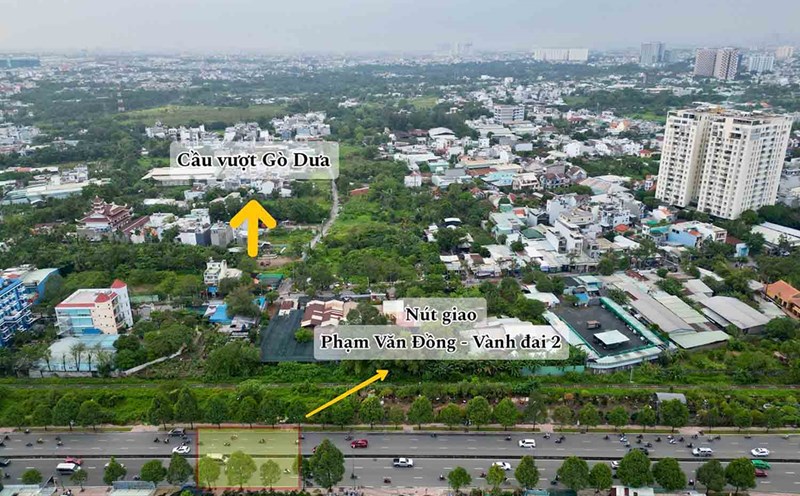The place of origin of the "Lime Pestle" uprising
Tu Duc Tomb is the origin place of one of the special peasant uprisings during the Nguyen Dynasty - the "Lime Pestle" uprising led by the Doan Huu Trung brothers. According to the book Telling the Story of Kings and Mandarins of the Nguyen Dynasty (Pham Khac Hoe, Thuan Hoa Publishing House), Doan Huu Trung was the son-in-law of Tung Thien Vuong Nguyen Phuc Mien Tham - uncle of King Tu Duc.
Faced with the country's suffering, especially when King Tu Duc intended to make peace with the invading French army, Doan Huu Trung and many other patriots gathered together to discuss plans against the court. Knowing that the people who built Khiem Cung for King Tu Duc suffered many hardships, the uprising group chose this as the starting place.
Under the pretext of reclaiming the throne for Dinh Dao - son of Nguyen Phuc Hong Bao (King Tu Duc's biological brother), Doan Huu Trung and the Khiem Cung construction force used pestles to pound lime (the main labor tool here). rebelled, marched troops into the royal palace to arrest King Tu Duc.
The rebels attacked, captured Can Chanh palace, and were about to attack Can Thanh palace - where the king slept, but were stopped by royal forces. The uprising was quickly defeated by the regular army of the royal court.
Serious deterioration
Tu Duc mausoleum relic was built in 1864, located in Thuong Ba village, Thuy Xuan ward, Hue city (Thua Thien - Hue province). This is one of the typical mausoleums, typical of the landscape architecture of traditional Hue architecture. Tu Duc Tomb is also considered a place with charming scenery and one of the most beautiful royal tombs of the Nguyen Dynasty.
The mausoleum was built in 1864 and was completed after 3 years. Initially, the mausoleum was built as a palace, a place for the king to rest and hunt, so it was called Khiem Cung. After King Tu Duc died, this place changed its name to Khiem Lang.
Tu Duc Tomb has an area of about 12 hectares, surrounded by a citadel built of mountain stone about 1,500 meters long. The entire mausoleum area has about 50 large and small architectural works. King Tu Duc's resting place is located east of the mausoleum.
The center of the mausoleum has Luu Khiem lake with an area of more than 1.5 hectares, serving as the main landscape area. In the middle of the lake is Tinh Khiem Island - a place where King Tu Duc once allowed many rare species of birds to be raised. The main area of the relic is the Tam Dien area - where the king and his entourage often stayed. After the king passed away, this place became a place to worship the king.
Currently, many items of this monument have been seriously degraded. Faced with that situation, Thua Thien - Hue province deducted 100 billion VND from the budget to restore this monument, the project will be implemented from now until 2027.
King Tu Duc was the 4th Emperor of the Nguyen Dynasty, the king's name was Nguyen Phuc Hong Nham, his last name was Thi. He was born on August 25, Ky Suu year (September 22, 1829), the second son of Hien To Chuong, Emperor Thieu Tri and Nghi Thien Chuong, Queen Tu Du.











